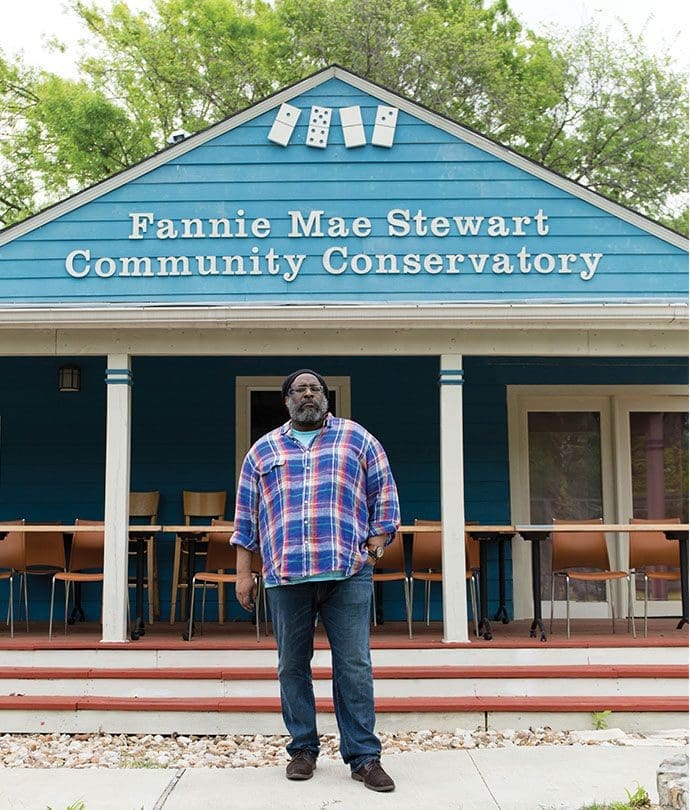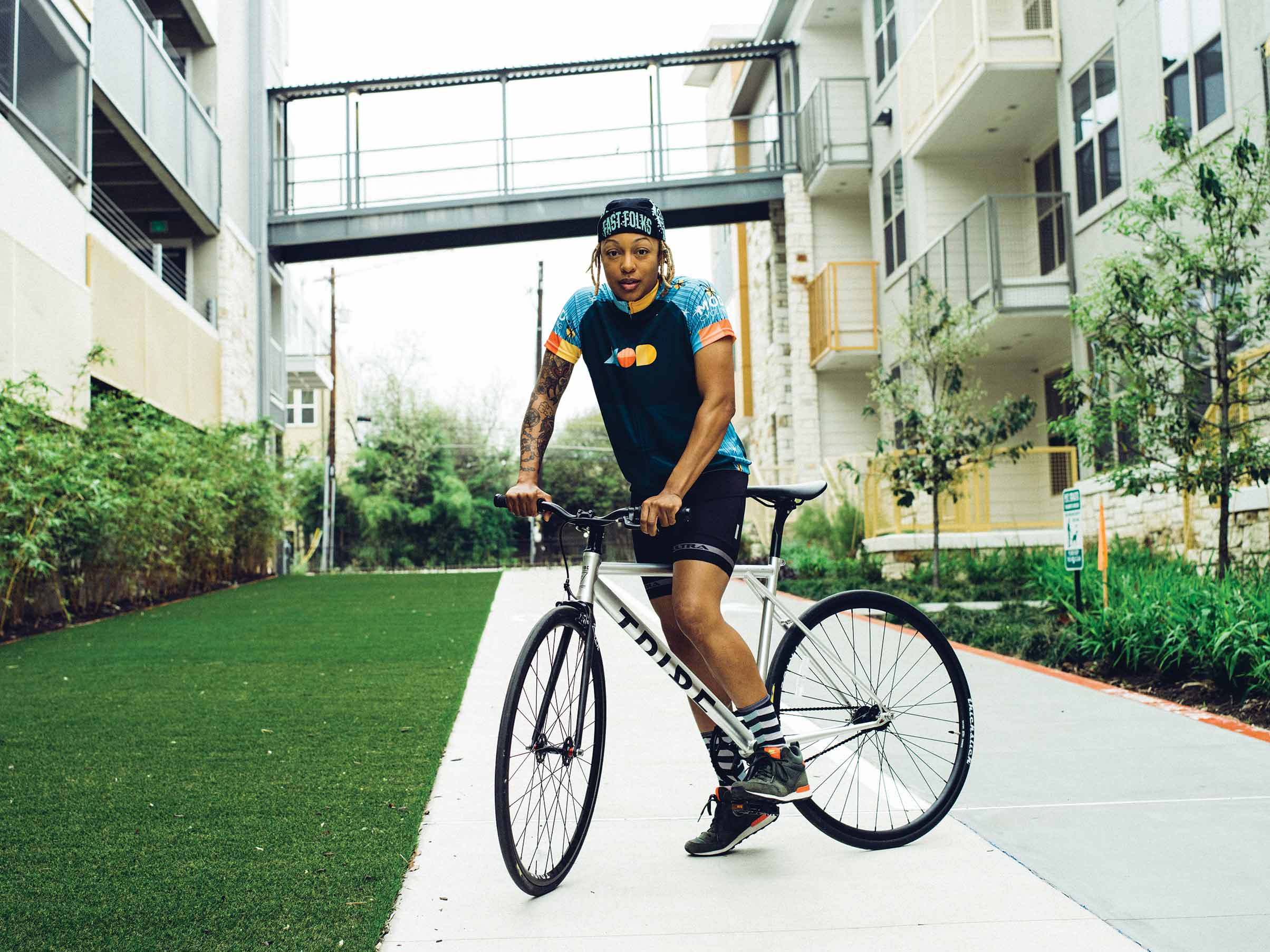Blackland

Is there affordable housing still left in Austin’s Eastside?
Words by Sommer Brugal Photos by Parker Thornton
Blackland Community Development Corporation, or BCDC, sits between four borders: MLK Boulevard, Comal Street, Manor Road, and Chestnut Avenue. Founded in 1983, the non-profit set out to challenge the University of Texas at Austin’s plans to develop east of I-35, to end eastward annexations, and to further develop Austin’s affordable housing options. More than thirty years later, the non-profit’s core mission remains the same.
“Our primary mission was to develop and operate affordable rental housing,” states Tim Miles, Blackland Community Development Corporation’s operations manager and CEO. While the first few years were spent contesting UT’s impending Eastside developments, Miles says Blackland’s founders were simultaneously organizing ways to further support that mission and the community of which they were a part.
“If they were successful in preventing [UT’s] annexations, the next steps [were] ‘how do we improve the neighborhood [and] how do we preserve affordable housing?’” Miles says the non-profit also wanted to look for ways to organize community-wide projects that promoted the neighborhood’s social cohesion and the welfare of those who lived there.
According to Miles, the non-profit formed a few allies during its disagreements with UT. Ann Richards, who was the state treasurer at the time, was one of them. Miles says Richards was a crucial decider in the confrontation between both parties. “When [Richards] became governor, she had much more sway,” explained Miles, “and it was ultimately through her leadership that UT and the Blackland neighborhood came to an agreement.” Miles says the arrangement also resulted in the university donating part of the land they owned east of Comal Street to the Blackland community. He says the units built on that land are still in use today.
Blackland had 15 units under its management when it was founded. Today, they have nearly 50 units on 32 lots. Miles says the non-profit’s expansion has been realized through a variety of outlets, including donations and small fundraising efforts. He says Blackland also purchased and repurposed homes with the help of volunteers and through city housing funds.
When asked about the changing East Austin landscape, Miles has a different approach than most. Though he says Austin’s attractiveness will continue to welcome new people to the area, he doesn’t see any successful strategy that involves actively going against those new developments. “I don’t know that there’s a practical way to fight against [the influx of new residents],” explained Miles, “other than carving out our niche, doing what we do, and doing it well.” While he understands the feelings of resentment from those who’ve lived here for generations, Miles says it’s his job to ensure Blackland continues to grow. For that, he says he must think a little more practically.
Despite the changes in East Austin’s landscape, Miles says Blackland doesn’t plan to slow down its growth anytime soon. Instead, he says the organization must “think of ways to work together [that involve] community building, collaboration, and learning opportunities to help newcomers understand the need for affordable housing and a diverse low-income community.”
One way Blackland is doing this is through its partnerships with other local, non-profit organizations. Miles says Blackland is working with Dell Children’s Medical Center and The Austin Clubhouse to help educate outsiders and discuss ways to meet each of their goals. Internally, Blackland also offers mental health care services, education, and support for those in the community who need it.
BCDC has five construction projects underway. While the non-profit uses every opportunity it finds to expand and support its mission, there’s still a lot that needs to be done for people to understand the need for and the lack of affordable housing in Austin. Miles says figuring out ways to make Austin more affordable is the only way it can continue to be successful.
“I don’t know that there’s a practical way to fight against [the influx of new residents], other than carving out our niche, doing what we do, and doing it well.”
Did you Know? In addition to providing mental health support, financial guidance, and affordable housing, Blackland also offers family-friendly activities throughout the year. Because many households involve school-aged children, Miles says most events revolve around the academic calendar, with a party at the start of summer and another just before school starts again in the fall. And during the holidays, Santa Claus is always welcomed.
Contact:
Blackland Community Development Corporation
Hours: Monday-Friday: 9am-3pm
512.220.8751
blacklandcdc.org









